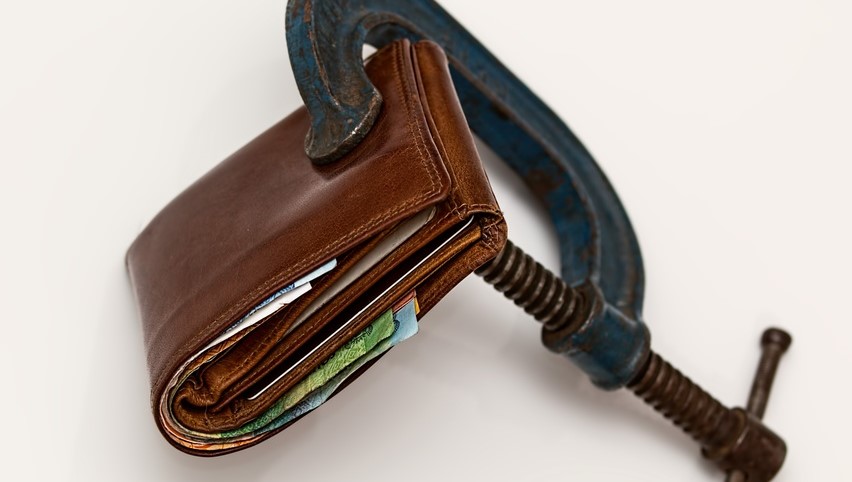
Usually, a company that has been through a compulsory liquidation has been pursued by a creditor to recover money that they are owed, but to no avail. The liquidation is then forced on the company in an effort to close it down and have it’s assets distributed. This is slightly different from a creditors voluntary liquidation where directors themselves initiate proceedings.
It could also have stemmed from a Crown Court or Government judgement, as it is viewed as a public interest that the company should be closed.
However, the cost for anybody initiating this procedure is high, which means that compulsory liquidation only happens in severe cases.
This is good news for directors, as the result of compulsory liquidation can seriously hinder them from conducting future business ventures.
If you have any, or suspect that you may receive any County Court Judgements (CCJs) in the near future, don’t bury your head in the sand; seek professional advice now to see what your options are.
The article below outlines the process of winding up petitions through to compulsory liquidation.
Creditors’ petitions in compulsory liquidation
After a significant period has been dedicated to pursuing the debt from the creditor’s end, and the director has failed to respond or keep up with agreed repayments, the creditor will instruct a solicitor or debt collector to recover the debt.
If this also fails, then they will start to discuss the cost of sparking action to wind the company up.
1. Usually, a statutory demand will be issued in the first instance. This gives the company notice of their intentions and demands payment or dispute within 21 days.
- The undisputed amount must be over £750.
- If the debt is still unpaid after this period, the creditor may issue a winding up petition.
2. They will pay around £250-500 to their solicitor for a statutory demand, or £1000-£2000 for a winding up petition (including court costs). This amount may sound like a lot, but for larger debt it is the most efficient way to collect the outstanding amount.
3. Once it has been proved to the court that the amount is undisputed and that sufficient attempts to recover the amount have already been made, a petition will be issued and a court hearing date will be set.
4. The company than has a period to pay the debt or defend the action by hiring a barrister. Even if the debt is paid, however, a High Court hearing must be held. Often, another creditor will learn of the petition and ‘substitute’ their debt for the paid amount, allowing them to be paid before anyone else.
Petition advertisement
Around 15 days before the hearing, the petition will be ‘advertised’ in the Gazette.
This is how banks usually learn of the action – they monitor this vigilantly so that they can freeze business bank accounts with petitions against them immediately (to stop any further trading or assets being sold – anything that will worsen the creditors’ position, under s127 Insolvency Act 1986).
Why do HMRC issue over 60% of petitions?
This is because the Revenue and VAT are ‘involuntary’ creditors; as soon as a company is trading, it owes HMRC – if repayments have failed, they decide to wind the company up to ensure that the company cannot continue trading.
As soon as the Crown has wound your company up, the liquidator will start an invasive investigation into your company affairs.
Beware, because if they can prove any wrongful trading (whether you have resigned as director or not), the director, not the company, will be left liable for any outstanding amount.
It is surprisingly easy to find yourself in this position; as soon as your company has become insolvent and cannot pay its bills on time, taking further credit from suppliers becomes unlawful.
What else happens if you are found guilty of wrongful trading?
Worst case scenario: under the Company Director Disqualification Act 1986 you could be banned from being the director of a company for up to 15 years.
You could also lose the limited liability your company provides, and become personally responsible for paying any amount owed to the Crown.
These actions are under the Social Security and Administration Act 1992 and the Criminal Justice Act 1988.
Under the Income Tax (Employment) Regulations 1993, PAYE must be paid immediately rather than being invested into the company until a later date. If this hasn’t been achieved, further severe action could be taken against you.
My company is insolvent. What should I do?
This one is simple to answer;
1. Stop trading immediately
2. Seek professional help
Each business has a different story behind it. Some struggling companies may need restructuring, closing down or simply a period of breathing space from creditors.
If you are unsure where to turn, just give us a call on 0800 975 0380; one of our friendly advisers would be happy to have a free, no-obligation chat with you about the options available in your situation.
Related Articles
We're here for you.
As a dedicated team of Advisers and Consultants our aim is to help you fix the issues and solve the problems within your business.
Find out more →


